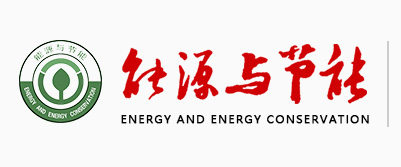202209
等微增率复合遗传算法在负荷分配中的应用
高亚磊1,邴汉昆2,马光耀2
(1. 华电忻州广宇煤电有限公司,山西 忻州 034099;2. 华电电力科学研究院有限公司,浙江 杭州 310030)
摘要: 以大型火电厂为对象,研究厂级机组负荷优化分配问题。将基于经典数学规划理论的等微增率法和智能遗传
算法两者结合,提出了一种名为等微增率复合遗传算法的新型改进算法。改进的算法利用等微增率法确定最佳分配方案
的大致范围,通过缩小遗传算法中初代种群选取范围的方法提高算法收敛速度和寻优准确性,体现了禁忌搜索的算法思
想。通过对等微增率法、传统遗传算法、改进算法三者的性能分析比较,结果表明:3 种算法结果基本一致,形成相互
验证,均可准确计算厂级负荷分配问题;改进后的等微增率复合遗传算法,相较于传统遗传算法有更好的收敛性能,且
不易陷入局部最优。
关键词: 火电;负荷优化分配;等微增率;遗传算法;算法改进;边界约束条件;收敛速度
中图分类号: TM621 文献标志码: A 文章编号: 2095-0802-(2022)09-0144-04
Application of Composite Genetic Algorithm with Equal Micro-increment Rate in
Load Distribution
GAO Yalei1, BING Hankun2, MA Guangyao2
(1. Huadian Xinzhou Guangyu Coal Power Co., Ltd., Xinzhou 034099, Shanxi, China; 2. Huadian Electric Power Research
Institute Co., Ltd., Hangzhou 310030, Zhejiang, China)
Abstract: This paper took large-scale thermal power plants as the object to study the problem of optimal load distribution of
plant -level units. Combining the micro -increment rate method based on classical mathematical programming theory with
intelligent genetic algorithm, a new improved algorithm called composite genetic algorithm with equal micro-increasing rate was
proposed. The improved algorithm uses the micro-increment rate method to determine the approximate range of the optimal
allocation scheme. By narrowing the selection method of the primary population in the genetic algorithm, the convergence speed
and optimization accuracy of the algorithm are improved, and the algorithm idea of tabu search is embodied. Through the
performance analysis of equal micro-increasing rate method, traditional genetic algorithm and improved algorithm, the results show
that the results of the three algorithms are basically the same, and mutual verification is formed, which can accurately calculate
the plant-level load distribution problem; the composite genetic algorithm with equal micro-increasing rate has better convergence
performance than the traditional genetic algorithm and is not easy to fall into local optimum.
Key words: thermal power; load optimization allocation; equal micro-increment rate; genetic algorithm; algorithm improvement;
boundary constrain condition; convergence speed


